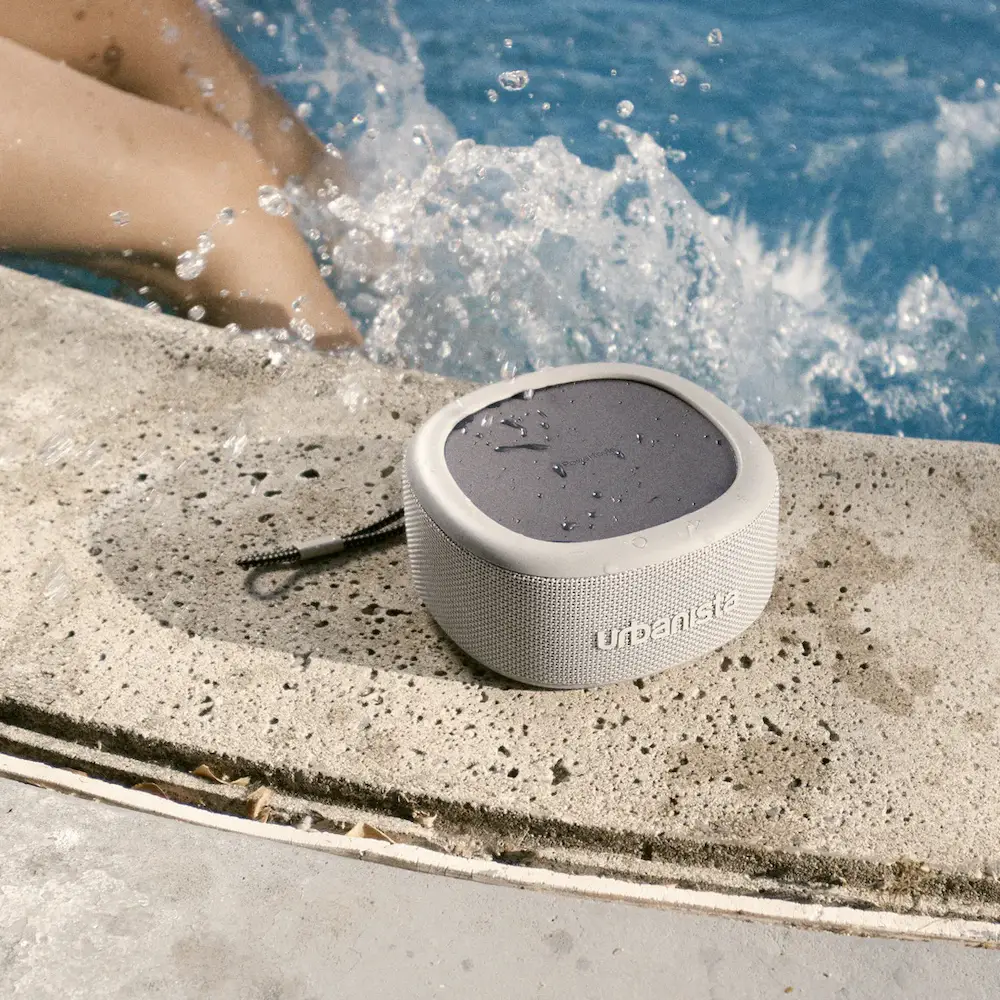When we think about , we usually have a pretty clear image in our heads. But just recently that was not the case for most people outside of Japan. For the longest time, Japanese material culture was only represented as objects of daily life, such as ceramics – especially dishware – and armor, in museums. Westerners became aware of this part of Japanese cultural heritage only at the end of the 19th century thanks to people who came to the US from Japan and started bringing antiques and fine art from their home country for sale. Today, we will talk about Sadajiro Yamanaka, an art dealer who changed the way we perceive Japanese art today.
Art Dealer Who Changed the Way We See Japanese Art Today
By the end of the 19th century, Japan had already started opening its borders to Western commerce. Mutual fascination with each other’s cultures resulted in the appearance of new forms of cross-cultural communication. For example, in The Land of the Rising Sun, new appeared following the exposure to European aesthetics. These include Yōga, which focused on classical Japanese subjects but used Western materials and techniques, and Yokohama-e, which appeared in the port of Yokohama where foreigners resided when they first arrived. However, Japan was still largely perceived as an exotic and completely foreign country. This started to change when one Japanese art dealer saw the path that was yet to be explored as a business opportunity.
Sadajiro Yamanaka was a Japanese art dealer who came to the US in 1894. He started by opening three small antique stores in America and the UK. Yamanaka & Co soon became one of the leading art dealerships of Asian and Japanese art in the world. Yamanaka’s marketing strategy was incredibly effective: he introduced American art patrons to classical Japanese artists by comparing them to European household names and appealing to already familiar concepts. Thanks to his expertise, Western collectors saw that there was much more to Japanese culture than household items, and the interest in antiques and artworks from Japan grew exponentially.
Yamanaka & Co supplied valuable Japanese antiques for galleries and museums until the middle of the 20th century, even after its founder’s death. Some of these items are still in the collections of the largest museums, including the Metropolitan Museum of Art. For example, the folding screens painted by the 18th-century artist Ogata Korin were acquired by Yamanaka & Co in Japan and sold to the Met in 1953.




